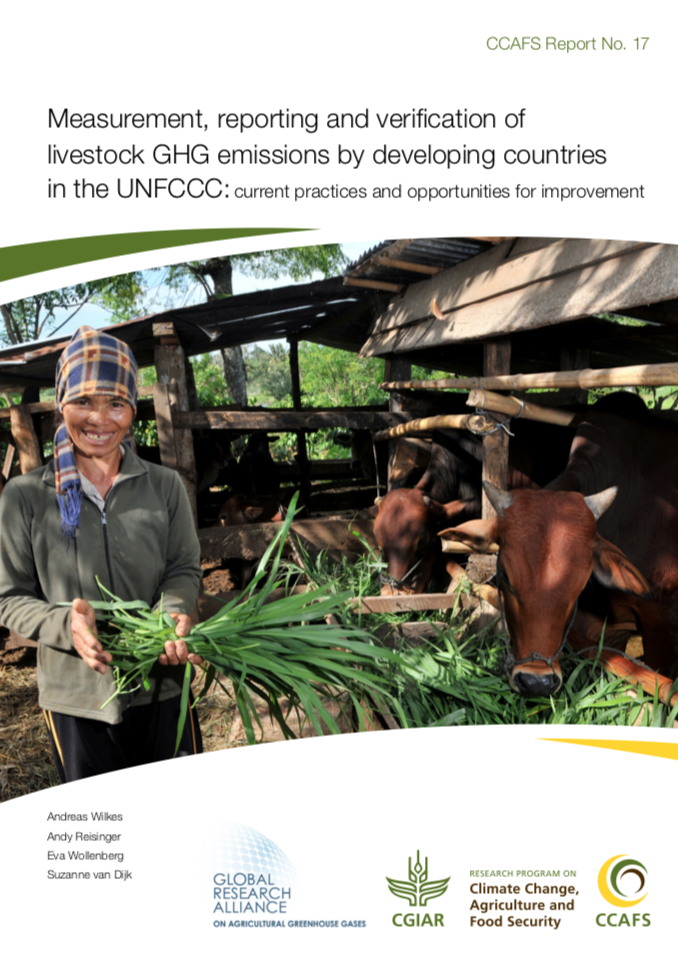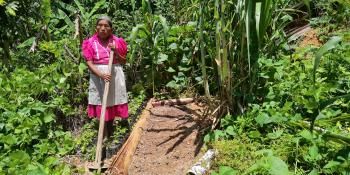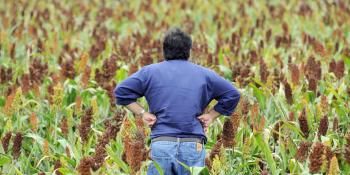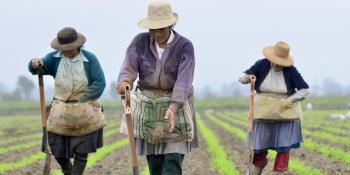Tracking mitigation in the livestock sector: Country experiences
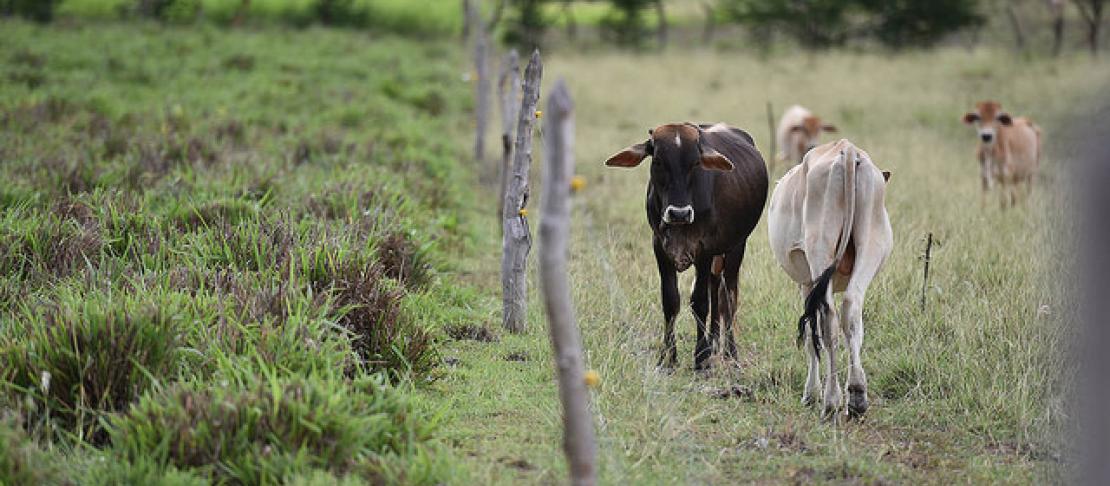
Exchange on measurement, reporting and verification systems for greenhouse gas emissions in the livestock sector identifies innovations and remaining challenges.
Read the report: Measurement, reporting and verification of livestock GHG emissions by developing countries in the UNFCCC: current practices and opportunities for improvement Download the French or Spanish translation. |
The livestock sector in Latin America is transitioning to low-emission systems, in some cases through financing for Nationally Appropriate Mitigation Action (NAMA) projects. While demonstrating progress at both project and national levels is needed to meet climate finance and national reporting requirements, linking information flows across subnational and national levels remains a challenge in many countries.
To help surmount this challenge, CCAFS, the Global Research Alliance on Agricultural Greenhouse Gases (GRA) and the Food and Agriculture Organization of the United Nations (FAO) are working with experts from across the globe to identify cost-effective and technically sound measurement, reporting, and verification (MRV) systems, as well as guidance, tools, and platforms that support them.
At a side event during the 2018 Bonn Climate Change Conference, experts from Brazil, Guatemala, and Uruguay shared their experiences developing MRV systems for livestock NAMA projects at the local level and elaborated on how this information could inform NAMAs and Nationally Determined Contributions (NDCs) going forward.
Four themes arose from presentations and discussion with the audience:
(1) Standardized approaches are needed at subnational/project and national MRV levels to enable the two systems to “talk” to each other.
(2) Protocols and technologies for information collection apps, data compilation and access via platforms were essential components of MRV systems and can help with aggregation, standardization, and quality control.
(3) MRV should build on national livestock information systems and seek to improve these to provide robust activity data.
(4) Capacity development at subnational levels should be a priority.
Improving transparency: Implementing MRV of livestock NAMAS to meet NDC and finance needs from CCAFS | CGIAR Research Program on Climate Change, Agriculture and Food Security
In Brazil, Carbon Trust Brazil is working with partners on the development of a livestock NAMA that helps ranchers halve CO2 emissions per hectare and reduce emissions per kilogram of beef produced by 90% – outcomes that are well aligned with Brazil’s NDC. To capture mitigation in beef production, Carbon Trust is investing in a robust MRV system that begins with an application to gather raw data on herd, pasture conditions, farm inputs and outputs, and land use. This activity data, regularly checked for accuracy, is then aggregated at the project level.
To incentivize low emissions development and gather subnational data, Brazil developed an emissions-reporting system called the ABC Platform, based on Brazil's Sectoral Plan for Mitigation and Adaptation to Climate Change for the Consolidation of a Low Carbon Economy (ABC Plan).
In Brazil, where 48% of the country’s emissions result from the beef supply chain, it is critical that clear links have been established between local and national MRV systems, and that these systems meet government and financiers’ needs. To reach NDC targets, it is fundamental that the government ensure the ABC Platform is fully operational as soon as possible."
João Lampreia, Carbon Trust Brazil
Ericka Lucero, a representative of the Ministry of Environment of Guatemala, presented Guatemala's proposed NAMA in the livestock sector, which would account for 12% of the emissions reductions target in Guatemala’s NDC. Guatemala identified the need for improved information protocols, structure and arrangement of technical data tables, and capacity building as challenges for linking local and national MRV systems. The country is developing a road map for an effective MRV system.
Uruguay aims to reduce methane and nitrous oxide emissions by over 40% by 2030 through improving grassland and herd productivity. A livestock statistics system that has 100% traceability of the cattle herd, spatially disaggregated data on diet quality and composition, and specific information on body weight, weight gain, milk production and reproduction information is used to develop specific emission factors for project and national reporting.
A good GHG inventory is important, but it is not the only tool that we need for our MRV system. Uruguay will continue to build our MRV toolbox to inform policy design and scale up low emissions development in our important livestock sector. Livestock is responsible for three-quarters of greenhouse gas emissions in Uruguay and is thus central to meeting our NDC targets.”
Walter Oyhantçabal, Ministry of Agriculture and Livestock, Uruguay
Next steps
CCAFS, with support from USAID, and GRA recently released a report, available in English, French, and Spanish, that summarizes the state of technical, policy and institutional practices in MRV in the livestock sector and identifies approaches to improving MRV to achieve Tier II-level accounting that better captures mitigation impacts.
In July, experts are convening to develop guidance for addressing gaps in information and uncertainty in activity data for livestock greenhouse gas emissions. Later in 2018, CCAFS and the GRA will publish an online platform with tools and information for MRV in agriculture, starting with the livestock sector.
Read more:
- Report in French: Mesure, déclaration et vérification des émissions de GES de l’élevage par les pays en développement dans le cadre de la CCNUCC : pratiques actuelles et possibilités d’amélioration
- Report in Spanish: Medeción, reporte y verificación de las emisiones de GEI de la ganadería de países en desarrollo de la UNFCCC:prácticas actuales y oportunidades de mejora
- Info Note: MRV of greenhouse gas emissions from livestock: current practices and opportunities for improvement
Julianna White is Program Manager for the CCAFS Low Emissions Development Flagship.

